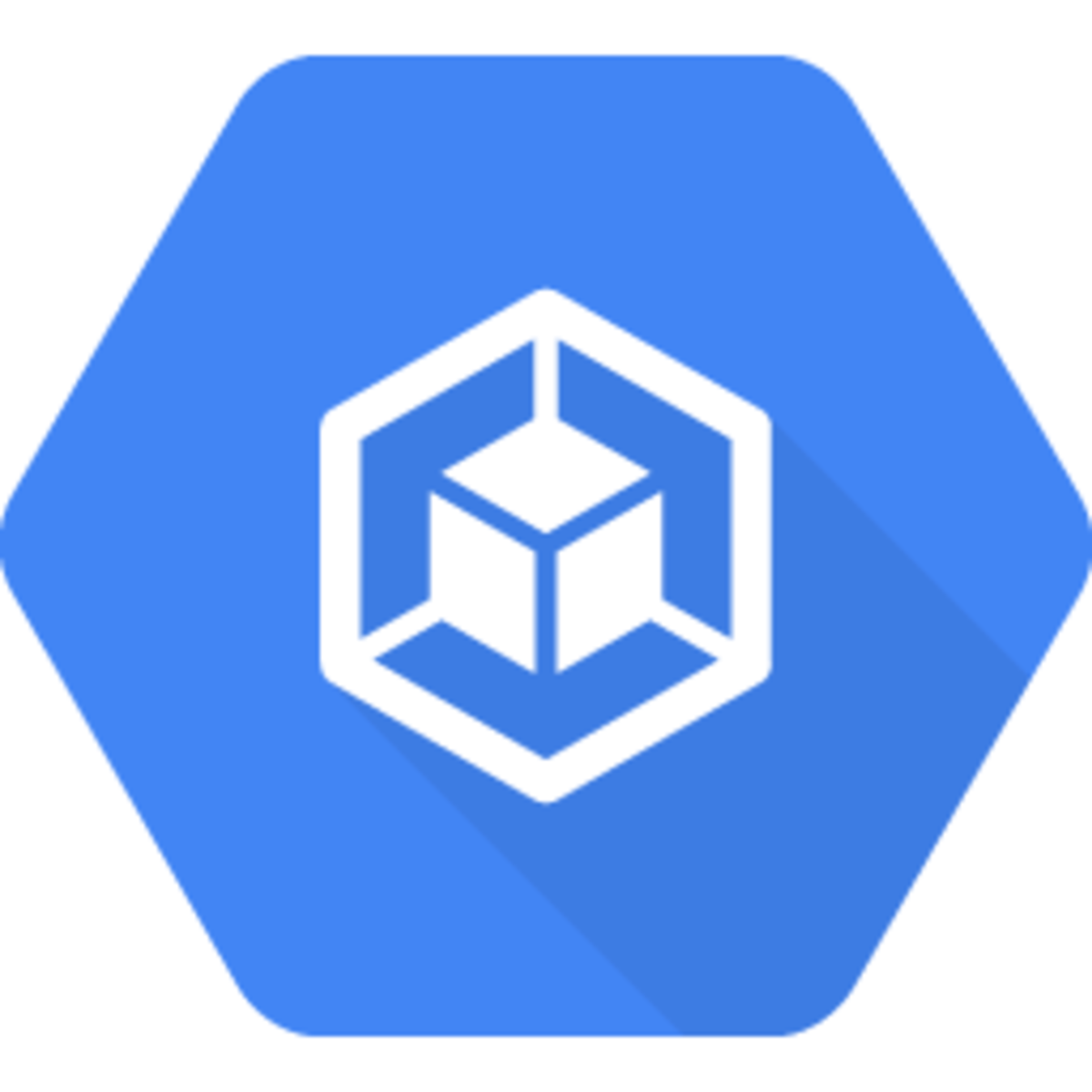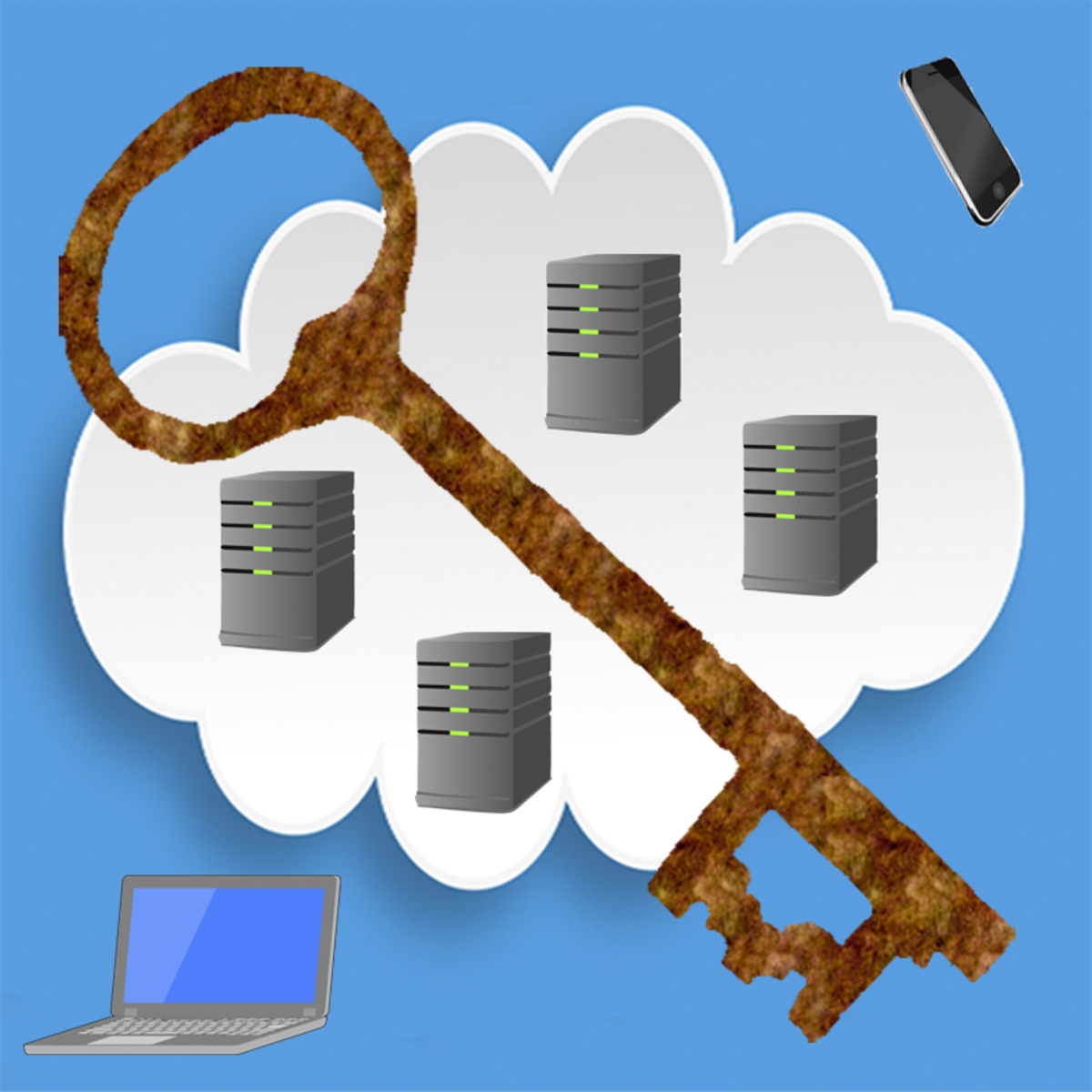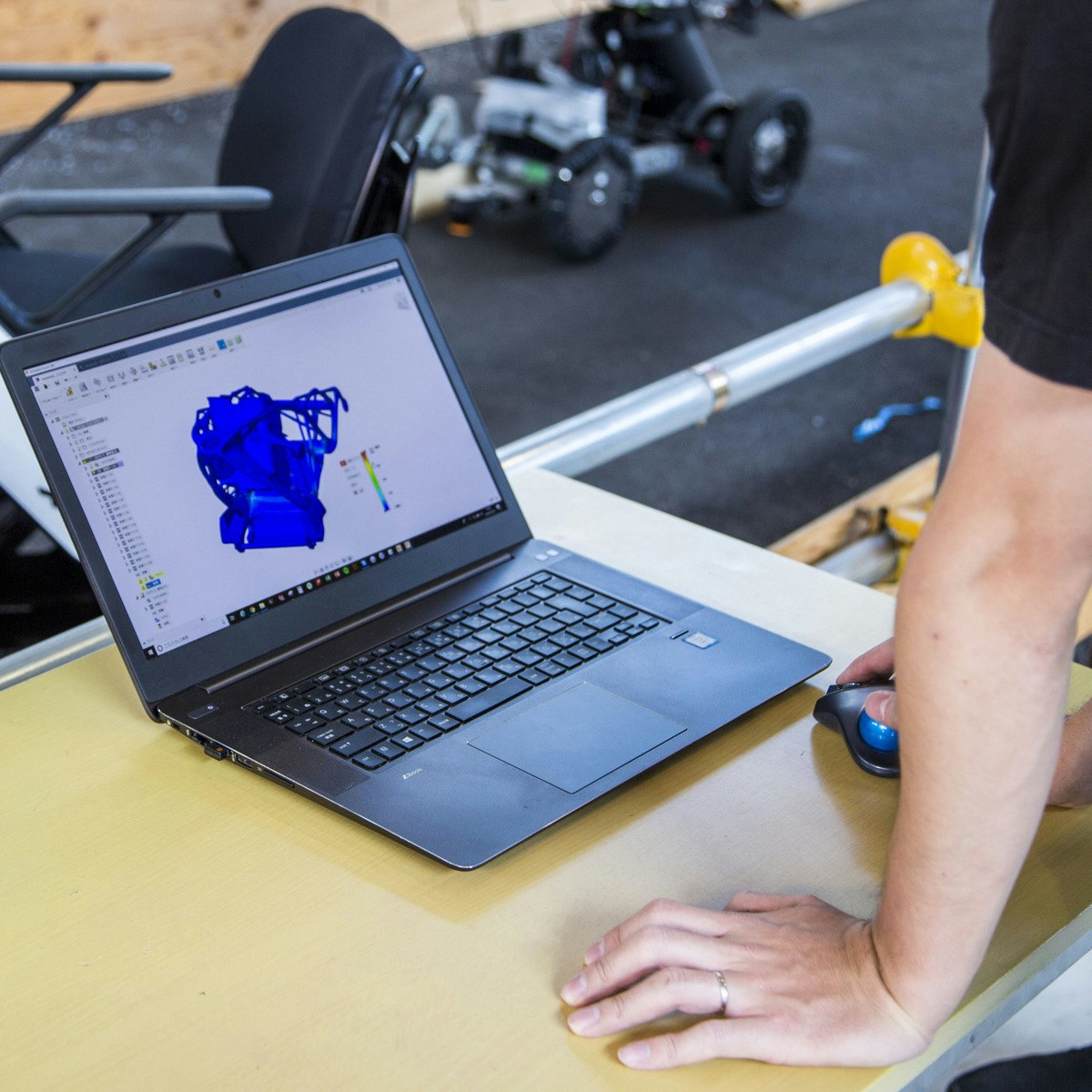Back to Courses









Computer Science Courses - Page 64
Showing results 631-640 of 2309

DevOps on AWS: Release and Deploy
AWS provides a set of flexible services designed to enable companies to more rapidly and reliably build and deliver products using AWS and DevOps practices. These services simplify provisioning and managing infrastructure, deploying application code, automating software release processes, and monitoring your application and infrastructure performance.
The third course in the series explains how to improve the deployment process with DevOps methodology, and also some tools that might make deployments easier, such as Infrastructure as Code, or IaC, and AWS CodeDeploy.
The course begins with reviewing topics covered in the first course of the DevOps on AWS series. You will learn about the differences between continuous integration, continuous delivery, and continuous deployment. In Exercises 1 and 2, you will set up AWS CodeDeploy and make revisions that will then be deployed. If you use AWS Lambda, you will explore ways to address additional considerations when you deploy updates to your Lambda functions.
Next, you will explore how infrastructure as code (IaC) helps organizations achieve automation, and which AWS solutions provide a DevOps-focused way of creating and maintaining infrastructure. In Exercise 3, you will be provided with an AWS CloudFormation template that will set up backend services, such as AWS CodePipeline, AWS CodeCommit, AWS CodeDeploy, and AWS CodeBuild. You will then upload new revisions to the pipeline.

C++ For C Programmers, Part A
This course is for experienced C programmers who want to program in C++. The examples and exercises require a basic understanding of algorithms and object-oriented software.

Architecting with Google Kubernetes Engine: Production
In this course, "Architecting with Google Kubernetes Engine: Production," you'll learn about Kubernetes and Google Kubernetes Engine (GKE) security; logging and monitoring; and using Google Cloud managed storage and database services from within GKE.
This is the final course of the Architecting with Google Kubernetes Engine series. After completing this course, enroll in the Reliable Google Cloud Infrastructure: Design and Process course or the Hybrid Cloud Infrastructure Foundations with Anthos course.

Java Built in Data Structures
In this project you will read weather data from a file and populate a Java ArrayList with the file data. The data is then uniquified in a Set data structure and stored in a HashMap for accessing data by year.
Java's collections framework contains data structures that are built for efficiency. They are used to store and retrieve data in various formats. A list such as an ArrayList can be used in place of an array to contain data where the size cannot be determined ahead of time. A LinkeList is like an ArrayList, except elements can be more quickly added and deleted from it, since no shifting needs to occur. A Hashmap is used to quickly look up a value based on a key rather than a numerical index, for example, to look up a phone number based on a key containing a person's name. A Set may be used to remove duplicates from a list, simply by assigning the data to it.
Note: This course works best for learners who are based in the North America region. We’re currently working on providing the same experience in other regions.

The Bash Shell and Basic Scripting in Linux
By the end of this project, you will be able to create your own scripts using the bash shell in Linux. Throughout the project, You’ll be able to identify and apply the basic scripting techniques. Furthermore, You’ll be able to use if statements and loops in bash and manipulate files using bash scripting.
This guided project is for beginners who are interested in the field of programming and scripting, it provides you with basic scripting techniques, which are necessary if you want to pursue a career as a System Admin or DevOps Engineer.
Bash scripts can be used for various purposes, such as executing a shell command, running multiple commands together, customizing administrative tasks, performing task automation etc. So knowledge of bash programming basics is important for every Linux user.

Cloud Application Security
After completing the course, the student should be able to do the following:
● List and describe the OWASP Top 10 vulnerabilities.
● Identify methods to provide cloud security assurance as part of the development life cycle, e.g. in a continuous delivery environment.
● List and describe the different types of virtualization or sandboxing used to protect cloud applications at either the server or client.
● Describe the application of authentication factors and federated identity solutions in cloud client and server authentication.
● Given a cloud application, explain where and how the necessary crypto keys, passwords, and other security secrets should be stored and distributed.

Simulation Analysis for Mechanical Engineers with Autodesk Fusion 360
The foundation of engineering design is often coupled with validation. Simulation is a great tool that allows engineers to test, validate, and modify designs before they become a physical prototype. When used early in the process for simulation driven design and throughout the development process, simulation can help drive the design, make informed design decisions, speed up time to production, and most importantly, identify and eliminate costly design mistakes.
Like any other tool though, it must be used properly to yield the best results. In this course, we’ll explore the usage static stress simulation, shape optimization, thermal and other mechanical simulation types to better understand how we can apply these tools to everyday design problems.
After taking this course, you'll be able to:
- Describe the simulation workflow in Fusion 360.
- Summarize the use cases for various types of simulation studies.
- Demonstrate knowledge and skills in more advanced Fusion 360 CAD and CAE skills.
- Explain and identify simulation results
Looking for Autodesk Fusion 360 certification prep courses? Check out additional learning resources to help you uplevel your skills: https://www.autodesk.com/learning

Architecting with Google Kubernetes Engine: Foundations
In this course, "Architecting with Google Kubernetes Engine: Foundations," you get a review of the layout and principles of Google Cloud, followed by an introduction to creating and managing software containers and an introduction to the architecture of Kubernetes.

Plan Projects and Brainstorm with Mind Maps in Miro
By the end of this project, you will be able to plan projects with the mind mapping technique.
To do this, you will gain hands-on experience creating a mind map by applying guided brainstorming strategies in the Miro online visual collaboration platform for teamwork.
Note: This course works best for learners who are based in the North America region. We’re currently working on providing the same experience in other regions.

Build Better Generative Adversarial Networks (GANs)
In this course, you will:
- Assess the challenges of evaluating GANs and compare different generative models
- Use the Fréchet Inception Distance (FID) method to evaluate the fidelity and diversity of GANs
- Identify sources of bias and the ways to detect it in GANs
- Learn and implement the techniques associated with the state-of-the-art StyleGANs
The DeepLearning.AI Generative Adversarial Networks (GANs) Specialization provides an exciting introduction to image generation with GANs, charting a path from foundational concepts to advanced techniques through an easy-to-understand approach. It also covers social implications, including bias in ML and the ways to detect it, privacy preservation, and more.
Build a comprehensive knowledge base and gain hands-on experience in GANs. Train your own model using PyTorch, use it to create images, and evaluate a variety of advanced GANs.
This Specialization provides an accessible pathway for all levels of learners looking to break into the GANs space or apply GANs to their own projects, even without prior familiarity with advanced math and machine learning research.
